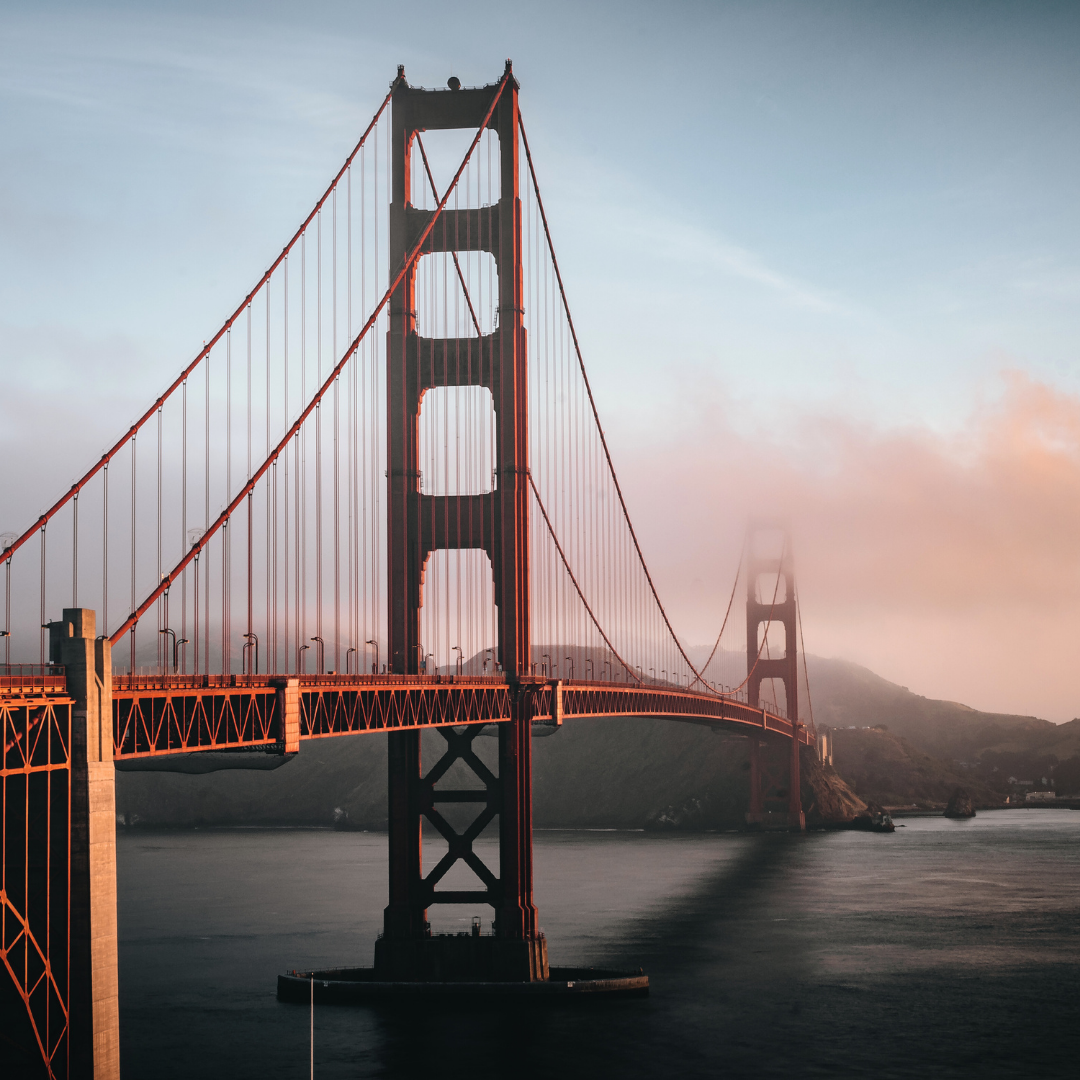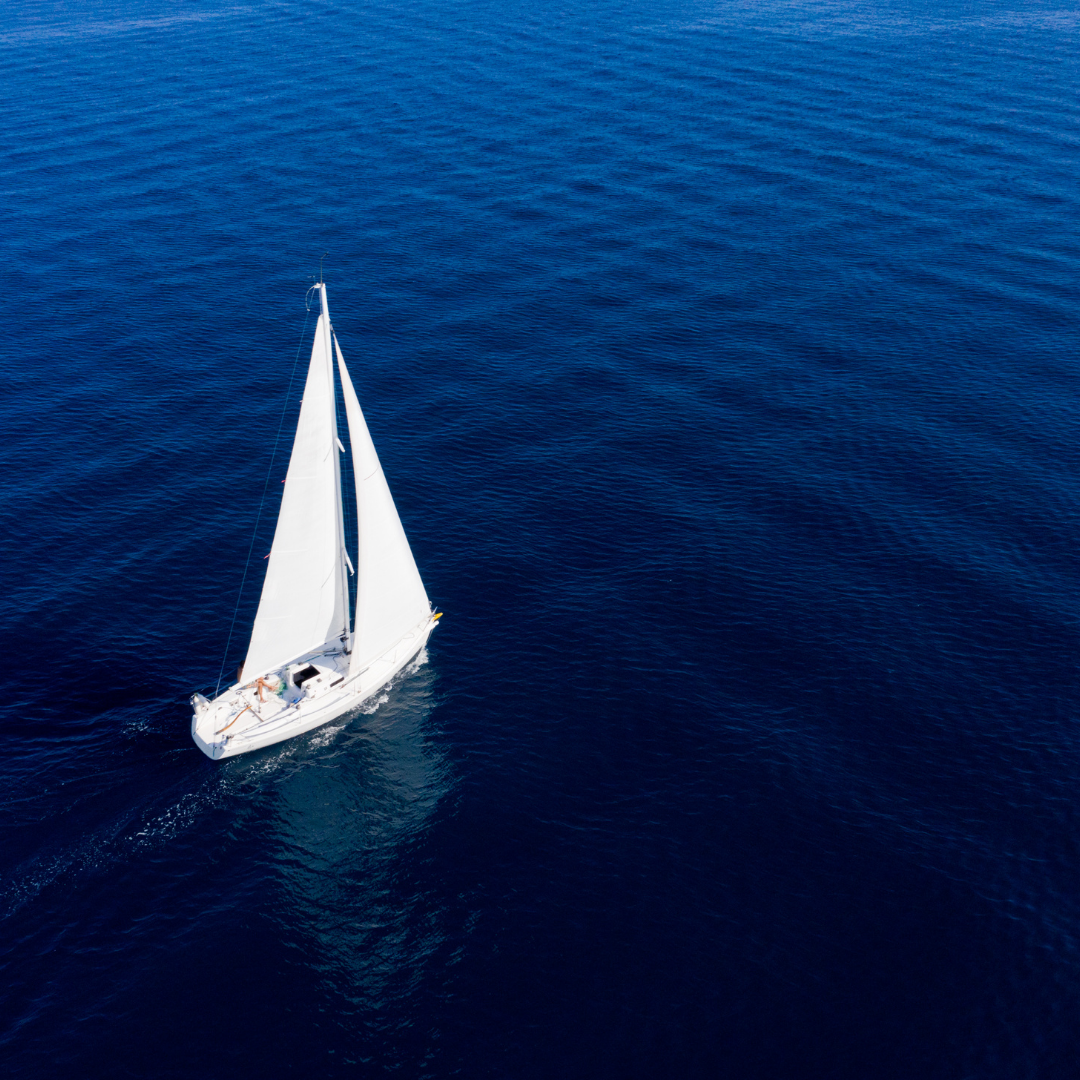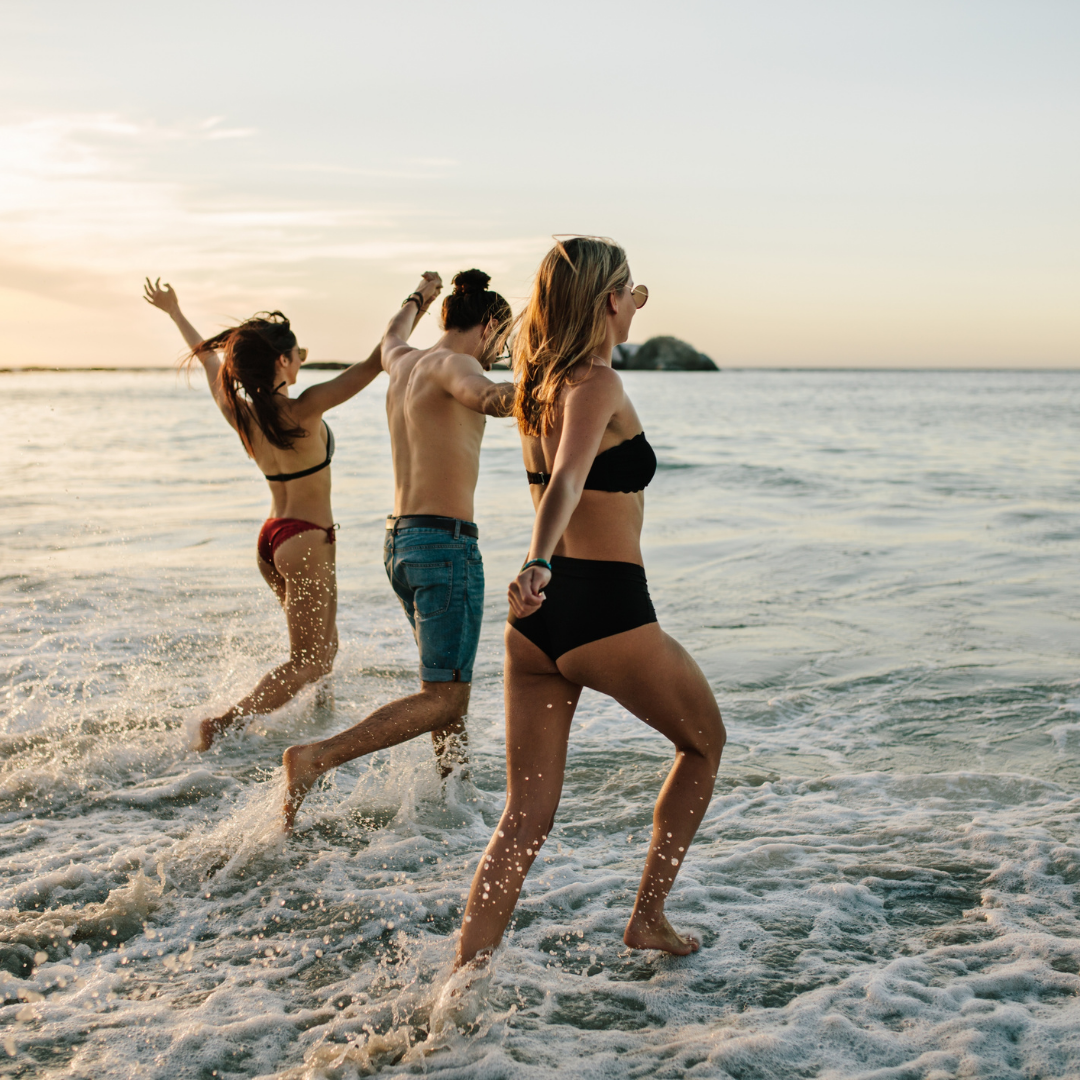Discovering the Andaman and Nicobar Islands: India’s Remote Archipelago and Diving Paradise

Nestled in the southeastern corner of the Bay of Bengal, the Andaman and Nicobar Islands are a shimmering string of pearls that exhibit an array of natural, cultural, and historical wonders. This archipelago, comprising over 300 islands, offers a fascinating blend of turquoise waters, untouched beaches, a diverse marine ecosystem, and ancient tribal cultures. Journeying through this paradise, one encounters stories that intertwine nature’s marvel with historical narratives and indigenous legends.
The Andamans: A Mosaic of Islands and Cultures
While the Andaman and Nicobar Islands are often spoken of as a singular entity, their diversity is enthralling. The Northern Andaman Islands, with destinations like Diglipur and Mayabunder, hold vast mangrove forests and turtle nesting sites. The Central Andamans, with Port Blair as its hub, present a blend of history and scenic beauty. The Southern Andamans, including Havelock and Neil Islands, are famed for their pristine beaches and water sports. Each island resonates with its unique vibe, with settlements ranging from bustling towns to secluded villages, revealing a multicultural tapestry influenced by settlers from mainland India, Myanmar, and beyond.
Dive Into Wonder: Exploring Marine Biodiversity
The real magic of the Andamans lies beneath the waves. The islands’ coral reefs, brimming with marine life, present a kaleidoscope of colors and forms. Dive sites such as The Wall (Havelock) and Dixon’s Pinnacle exhibit an astonishing array of soft and hard corals, alongside marine species ranging from the vibrant clownfish to the majestic manta rays. The underwater realm is a sanctuary for divers and snorkelers, where the dance of light through water paints scenes of unparalleled beauty, making the Andamans one of the world’s top diving destinations.
Historical Landmarks: The Islands’ Colonial Past
The Andamans are not just a natural wonder but also a repository of significant historical events. Central to this is the Cellular Jail in Port Blair, a grim reminder of the British colonial era and the Indian freedom struggle. Once a house of torture for political prisoners, today it stands as a national memorial. Ross Island, once the administrative headquarters of the British, is now a hauntingly beautiful ruin taken over by nature. These landmarks offer a poignant insight into the sacrifices, struggles, and resilience of those who once inhabited or were exiled to these islands.
The Indigenous Communities: Respecting Their Legacy
The archipelago is home to several indigenous tribes, including the Sentinelese, Jarawa, Onge, and the Great Andamanese. While some, like the Sentinelese, remain entirely isolated, others have limited interaction with the outside world. Their rich culture, language, and traditions form an integral part of the islands’ legacy. Efforts are ongoing to protect their rights, land, and way of life. As visitors, understanding and respecting their privacy and regulations set for their protection is paramount.
Tips for Responsible and Safe Exploration
While the allure of the Andamans is undeniable, responsible exploration is key. Stick to eco-friendly accommodations and tour operators that prioritize sustainability. Avoid touching or stepping on corals while diving or snorkeling. Respect the guidelines when traversing areas near indigenous territories. Ensure waste disposal, especially plastic, is done responsibly. In terms of safety, always heed local advice regarding weather, sea conditions, and marine life.
The Gastronomy of the Andamans: Unique Flavors and Dishes
The islands’ culinary landscape is a delightful fusion of its multicultural influences and rich marine resources. Seafood, understandably, is a staple. Delicacies like grilled lobster, prawn curry, and tangy fish curries are must-tries. The influence of South Indian, Bengali, and Burmese cuisines ensures a plethora of flavors. Coconut, spices, and locally grown fruits add to the gastronomic experience, making each meal an exploration of the islands’ diverse heritage.
Best Times and Routes for Sailing the Archipelago
The ideal time to sail around the Andamans is between November and May, avoiding the monsoon season. Routes can vary based on interest. One could start from Port Blair, heading to Havelock and Neil for water sports, then towards the uninhabited islands for peace and seclusion. Ensure all permissions are in place, as some islands are restricted. Sailing here offers a unique perspective of the archipelago’s beauty, from witnessing bioluminescence in the waters at night to anchoring in secluded bays.
The Andaman and Nicobar Islands, with their blend of natural grandeur, historical depth, and cultural richness, promise an immersive experience. This archipelago invites travelers to not just observe, but to engage, learn, and leave with memories that last a lifetime. Whether you’re diving into the azure depths, savoring local delicacies, or simply soaking in the sunset on a quiet beach, the islands beckon with the promise of wonder and discovery.


